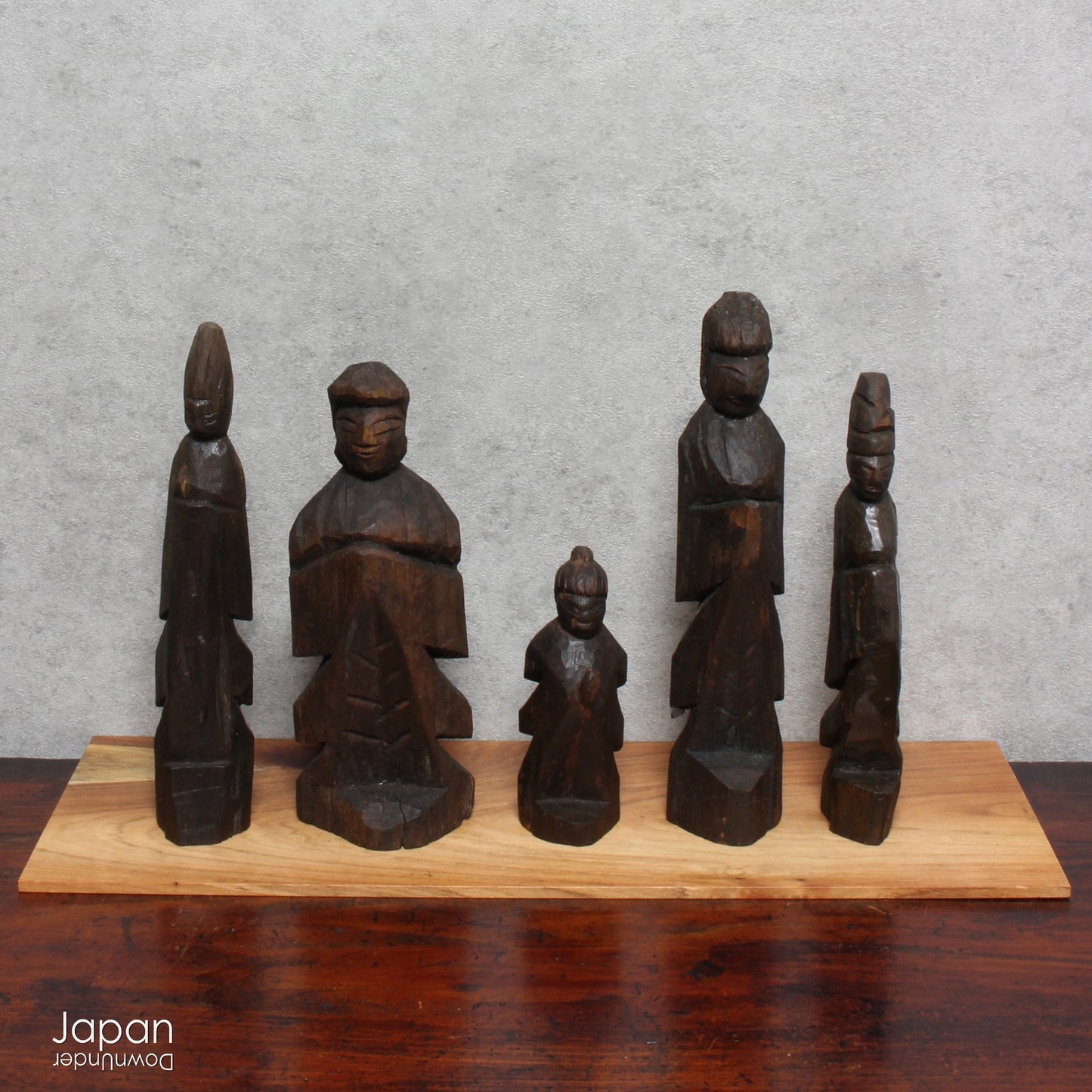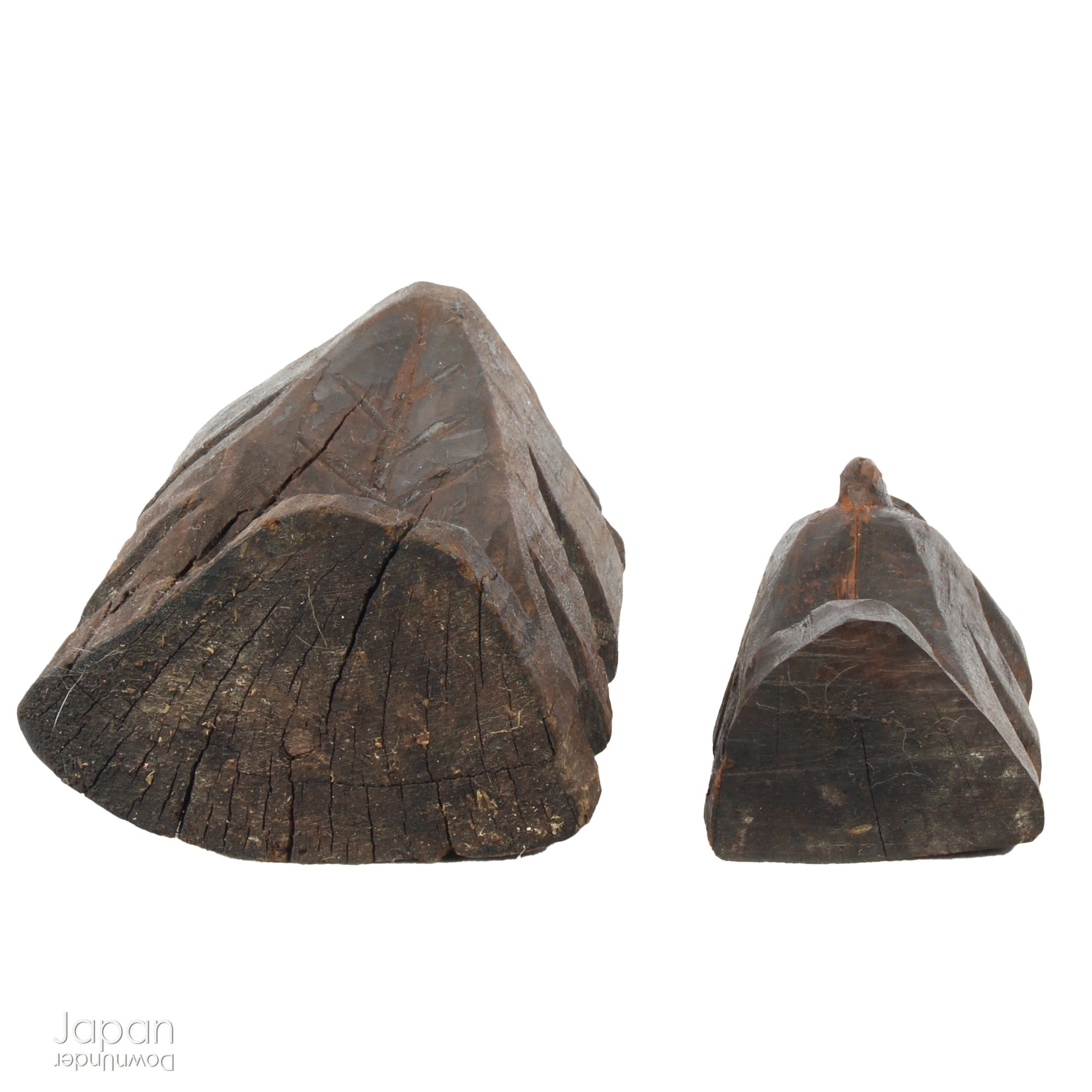JapanDownUnder
japanese antique folk art buddha statue collection, enku buddhist gods
japanese antique folk art buddha statue collection, enku buddhist gods
Couldn't load pickup availability
Love Japanese Style LLike We Do
A collection of antique hand carved Enku Buddha and Kannon statues.
Enku was a Buddhist monk, much loved for his simple, folk art statues, carved during his many pilgrimages to the mountains. His statues have been recreated by many artists and common people.
These old carvings are made of a light wood. They have a wonderful naivety and a calming presence. There are cracks in the wood in some pieces and the knocks and scratches that go with age.
Still they have a lovely rustic feel and the collection makes a great religious interior item.
- tallest statue measures 22 cm (8.7”) high.
- smallest statue measures 12 cm (4.7”) .
- weighs 500 gm.
(listing for five Buddha statues only)
SHIPPING INFORMATION
- please read our shipping policy.
- we use recycle packaging wherever possible and wrap for safety, rather than appearance!
ABOUT OUR VINTAGE, ANTIQUE AND OTHER ITEMS
We list pieces we feel are worthy of display. There may be scratches, dents, fading and signs of wear and tear. We try to explain the condition of each item exactly, but may miss something.
Information regarding the item and it’s age is obtained from dealers and our personal research. We do our best to give you the correct information but please be aware that we cannot guarantee this information.
Please message us prior to purchase with any questions you may have about our products.
ENKU
Enku (1632-95) was a Buddhist monk and sculptor who is said to have carved 120,000 Buddhist statues in his lifetime while making pilgrimages to sacred mountains all over Japan.
He belonged to the Tendai Jimonshu, one of the older branches of Buddhism in Japan. Tendai teaching accepts many ways to realise enlightenment, including the way of the artist – the way of making and distributing Buddha statues. The Jimon branch was particularly connected with the yamabushi – literally ‘those who sleep in the mountains.’
Using wood from forests in the places he visited on his travels, Enku soon created Buddhist statues. His statues were crudely carved from tree stumps or scrap wood with a few strokes of a hatchet. They were unpainted and showed imperfections in the wood. Some of the statues were given in exchange for food and lodging, some to comfort those who had lost family members and others to guide the dying on their journeys to the next life.
Conveying the wood’s vitality, Enku’s folk style statues of Buddha have been loved by villagers from the Edo period (1603-1868) onward.
Share




















